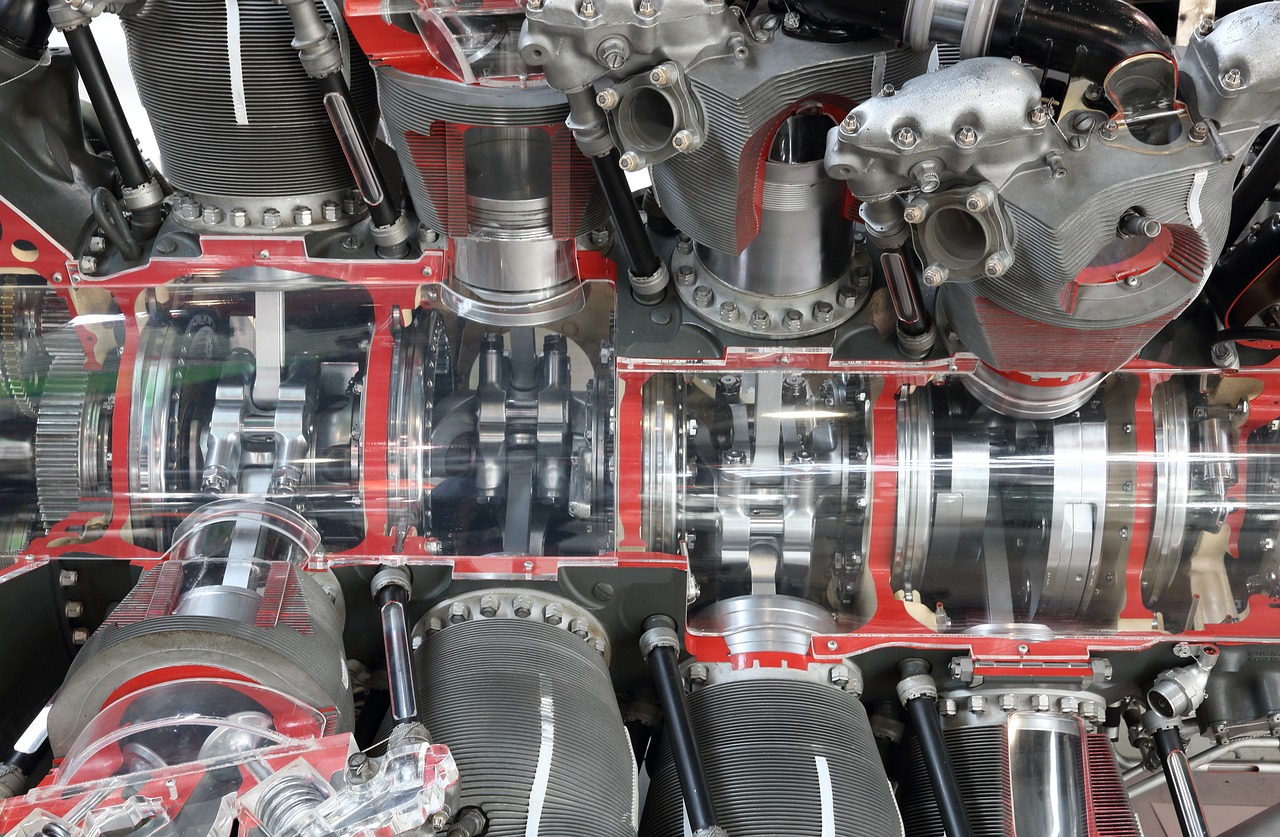Outboard engines are available in two main types: 2-stroke and 4-stroke. Each engine type operates differently and offers unique advantages and disadvantages. Understanding the differences between these two engine designs is essential when choosing the right outboard engine for your boating needs. In this article, we will explore the distinctions between 2-stroke and 4-stroke outboard engines, discussing their working principles, performance characteristics, maintenance requirements, and environmental impacts. By gaining insights into these engine types, you can make an informed decision and maximize your boating experience.
- Working Principles: The fundamental difference between 2-stroke and 4-stroke outboard engines lies in their working principles.
- 2-Stroke Engines: 2-stroke engines complete a power cycle in just two strokes of the piston: the compression stroke and the power stroke. They mix fuel and oil together for lubrication and combustion. The combustion process occurs in the crankcase, which simplifies the engine design but tends to generate more emissions and noise.
- 4-Stroke Engines: 4-stroke engines follow a more complex working cycle consisting of four strokes: intake, compression, power, and exhaust. Fuel and air are delivered separately, eliminating the need for oil in the fuel mixture. The combustion process occurs in a separate combustion chamber, resulting in improved fuel efficiency, reduced emissions, and quieter operation.
- Performance Characteristics: 2-stroke and 4-stroke engines have distinct performance characteristics that may influence your choice of outboard engine.
- Power-to-Weight Ratio: 2-stroke engines generally have a higher power-to-weight ratio, making them lighter and more powerful for their size. This can result in improved acceleration and top speed, which is advantageous for performance-oriented boating.
- Fuel Efficiency: 4-stroke engines are known for their superior fuel efficiency. The separate intake and exhaust strokes allow for better control over fuel and air mixture, resulting in reduced fuel consumption. They are more economical over long distances and extended periods of use.
- Low-End Torque: 2-stroke engines often deliver more low-end torque, providing better acceleration and performance at lower RPMs. This characteristic can be advantageous for activities such as water sports or quick maneuvering.
- Maintenance Requirements: Maintenance requirements differ between 2-stroke and 4-stroke outboard engines.
- Oil and Fuel: 2-stroke engines require the mixing of oil and fuel, typically in a specific ratio. This mixing process adds an extra step to refueling and requires careful measurement to ensure the correct mixture. 4-stroke engines, on the other hand, operate on separate fuel and oil systems, eliminating the need for mixing.
- Lubrication: In 2-stroke engines, the oil used for lubrication is mixed with fuel and burned during combustion. This leads to higher oil consumption compared to 4-stroke engines, which have a separate oil system for lubrication. 4-stroke engines often have longer intervals between oil changes and require less oil overall.
- Spark Plug Maintenance: 2-stroke engines typically require more frequent spark plug changes due to the higher demands placed on the spark plugs during the combustion process. 4-stroke engines generally have longer-lasting spark plugs.
- Environmental Impact: Environmental considerations are increasingly important when choosing an outboard engine.
- Emissions: 2-stroke engines tend to produce higher levels of emissions, including hydrocarbons and particulate matter, due to their lubrication and combustion processes. In contrast, 4-stroke engines burn fuel more efficiently, resulting in lower emissions and a reduced environmental impact.
- Noise Pollution: 2-stroke engines are typically louder due to their design and combustion process occurring in the crankcase. 4-stroke engines operate more quietly, offering a more enjoyable and less disruptive boating experience.
- Environmental Regulations: In many regions, stricter regulations are being implemented to limit emissions from marine engines. 4-stroke engines often meet or exceed these regulations, making them a preferred choice for environmentally conscious boaters.
Conclusion:
The choice between a 2-stroke and 4-stroke outboard engine depends on your boating preferences and priorities. 2-stroke engines offer high power-to-weight ratios and excellent low-end torque, while 4-stroke engines excel in fuel efficiency, reduced emissions, and quieter operation. Consider your specific boating needs, such as performance requirements, fuel consumption, maintenance preferences, and environmental concerns when selecting an outboard engine. Understanding the differences outlined in this article will help you make an informed decision and enjoy your boating adventures to the fullest.
